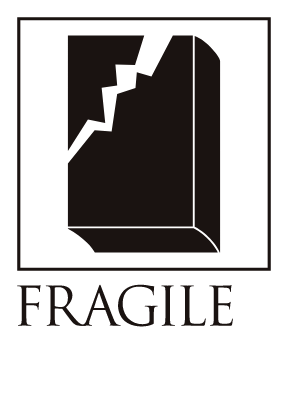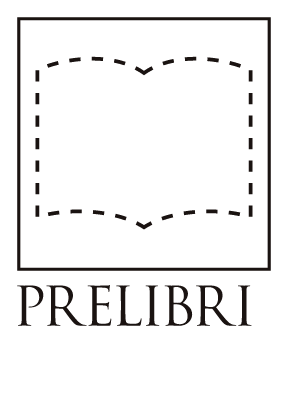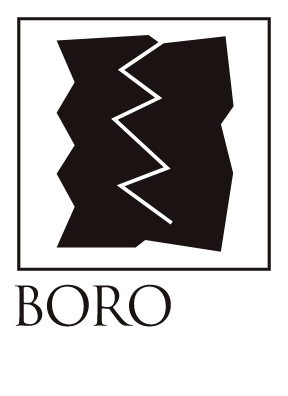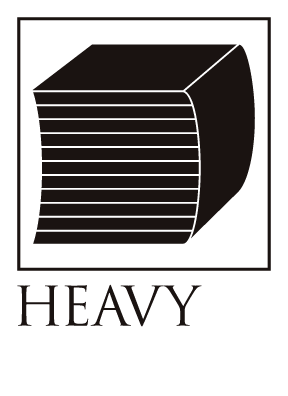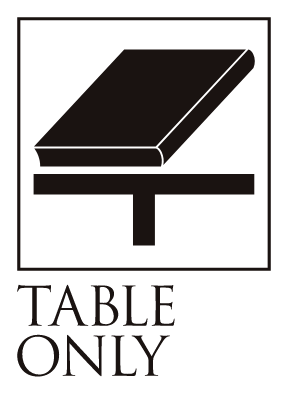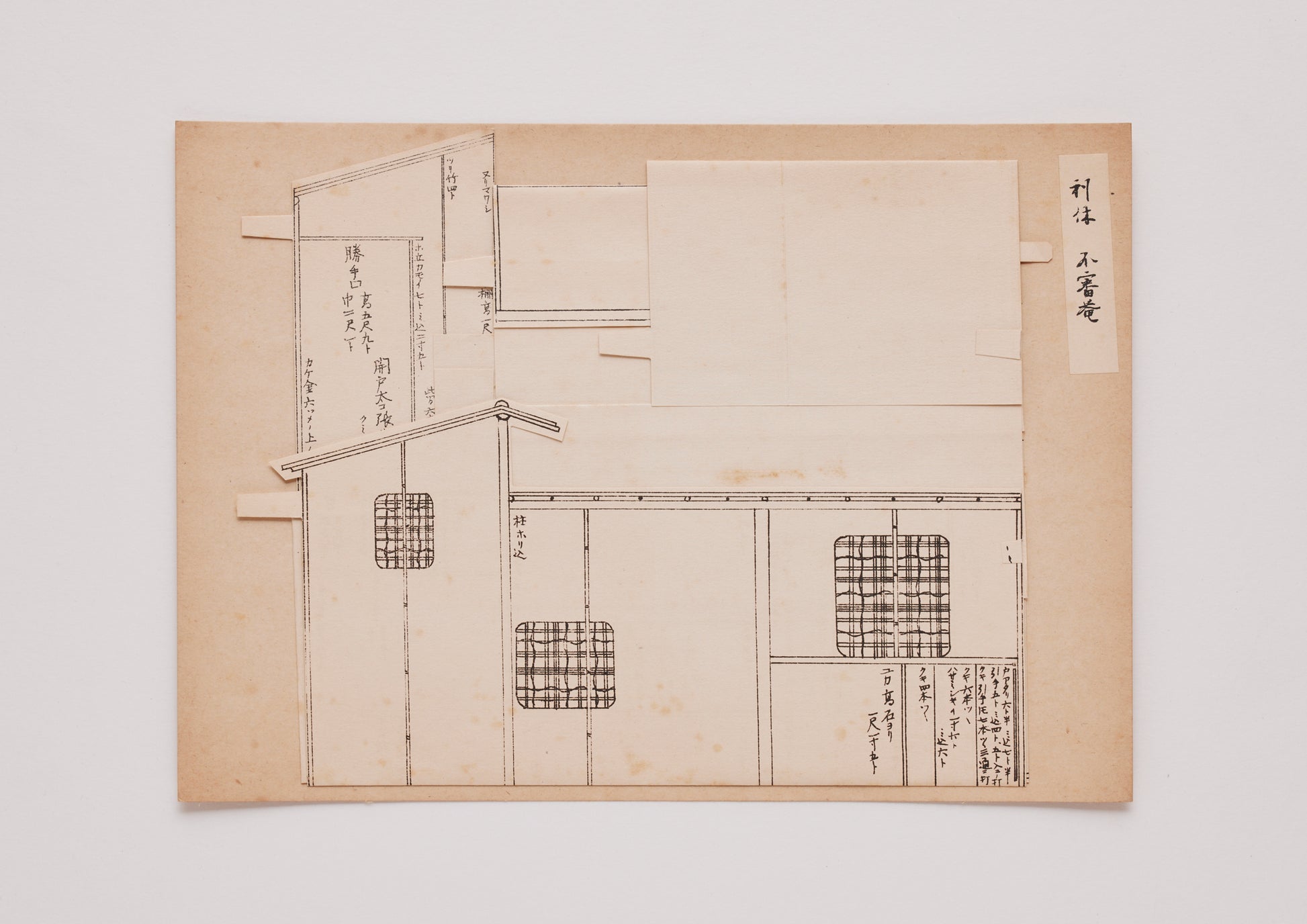Rikyu's silence
Bibliographic Details
- Title
- 数寄屋おこし絵図 / sukiya okoshi ezu
- Editor
- 鈴木行三 / Kozo Suzuki
- Publisher
- 三昧社 / Zanmaisha
- Year
- 昭和6年 / 1931
- Size
- h265 × w188 mm
- Weight
- 25 g
Illustration of Sukiya Okoshi
sukiya-okoshi-ezu
We will introduce you to some of the most inventive "Okoshi-ezu" (raising the teahouse), from famous teahouses by Rikyu, Oribe, and Korin that existed in the 400 years since the birth of the teahouse, to the surrounding areas of the teahouse such as Setsugakure, Mizuyari, and Nakasen. The folded paper is raised and the nails are inserted to make it stand upright without using glue. Suki means "like". The dimensions and materials are drawn in detail, and it greatly helped sukiya who had no knowledge or skills in architecture to express their "taste" without being bound by common sense. This small teahouse model was handed over by the tea master to a craftsman (a sukiya carpenter), who interpreted it and constructed it. This is a one-of-a-kind introduction from the "Sukiya Okoshi-ezu" (published in 1931), published by Zammaisha, which collected "Okoshi-ezu" (raising the teahouse) handed down to tea ceremony masters 90 years ago and published in limited quantities.
→See the list of "Sukiya Okoshi Ezu" products
<About Fushin'an>
Name: Fushin'an
Year of foundation: Around 1572 (Tensho 1)
Reconstruction year: Unknown
Current address: 536, Dodo-cho, Teranouchi-dori, Horikawa-higashiiru, Kamigyo-ku, Kyoto (not open to the public)
It is a three-tatami-mat tea room, and it is said that the first was a four-and-a-half-tatami-mat tea room built by Sen no Rikyu in the mansion in front of Daitokuji Temple, but the current Fushin-an is based on the one that the fourth generation Goshin Soza built with his father Genpaku Sotan. The name "Fushin-an" is said to have come from the Zen phrase "Fushin hana hiraku konnichi no haru" (Fushin flower blooms today in spring) when Rikyu asked Kokei Sochin for a name for his hermitage. Fushin-an is also the representative tea room of the Omotesenke school, and is a general term for the head of the school itself.
The Omotesenke homepage isHere.
